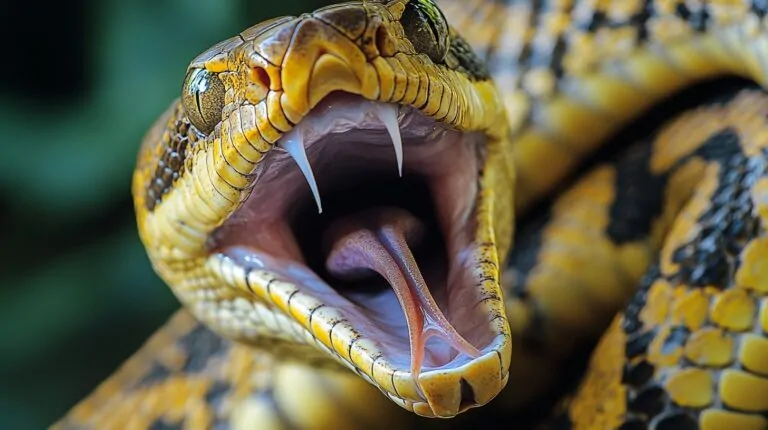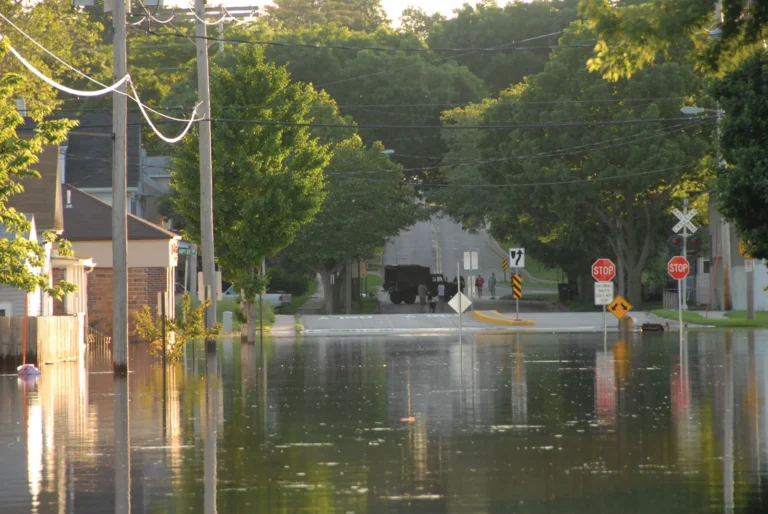The term “hornet” has a technical meaning, and Iowa has only one species of hornet – the bald-faced hornet, which has black and white stripes and a white face. Bald-faced hornets aren’t aggressive and typically stick to wooded areas, where they make large, spherical paper nests, Donald Lewis, an Iowa State University professor of entomology, said.
What Iowans are observing this spring are likely wasps and not hornets, Lewis said.
There are two species that are active in the springtime – paper wasps and yellowjacket wasps.

Paper wasps have long, slender brown bodies. “The paper wasp is familiar to people later in the season because they’re the one that makes a nest that looks like an upside-down umbrella. It’s open and it’s hanging under the eaves of a house, or sometimes it’s tucked behind the shutters,” Lewis said.
The yellowjacket wasp is bright yellow with black markings. “They are the size and shape of honeybees. Now we don’t see a lot of those in the springtime because they’re pretty busy starting their nests, and their nests are not on structures,” Lewis said.
Yellowjacket wasps nest primarily in holes in the ground, and occasionally in wall voids, he said.
A colony is started in the springtime, it grows through the summer, and in the fall of the year, new queens are produced. Those new queens are mated and then hibernate through the year. All the other members of the colony die with the freezing weather. The queen never returns to an old nest, he said.

“What we’re seeing in April and May are those queens from last fall looking to start a new nest this spring,” Lewis said.
More queens in the spring doesn’t necessarily mean more wasps later this summer and into fall.
“In order for us to have wasps this fall, these foundress queens have to have good weather for getting a nest started, they have to find enough food to feed their offspring, and the weather and the ecosystem have to cooperate for the wasp nest to grow and for there to be food for the expanding population, and we really can’t predict how that is going to go. There could be more wasps this fall, or not. We’ll have to just wait and see,” Lewis said.















